Dressing Your Little One Kindly: Choosing Sustainable Alternatives to Fast Fashion Baby Clothes
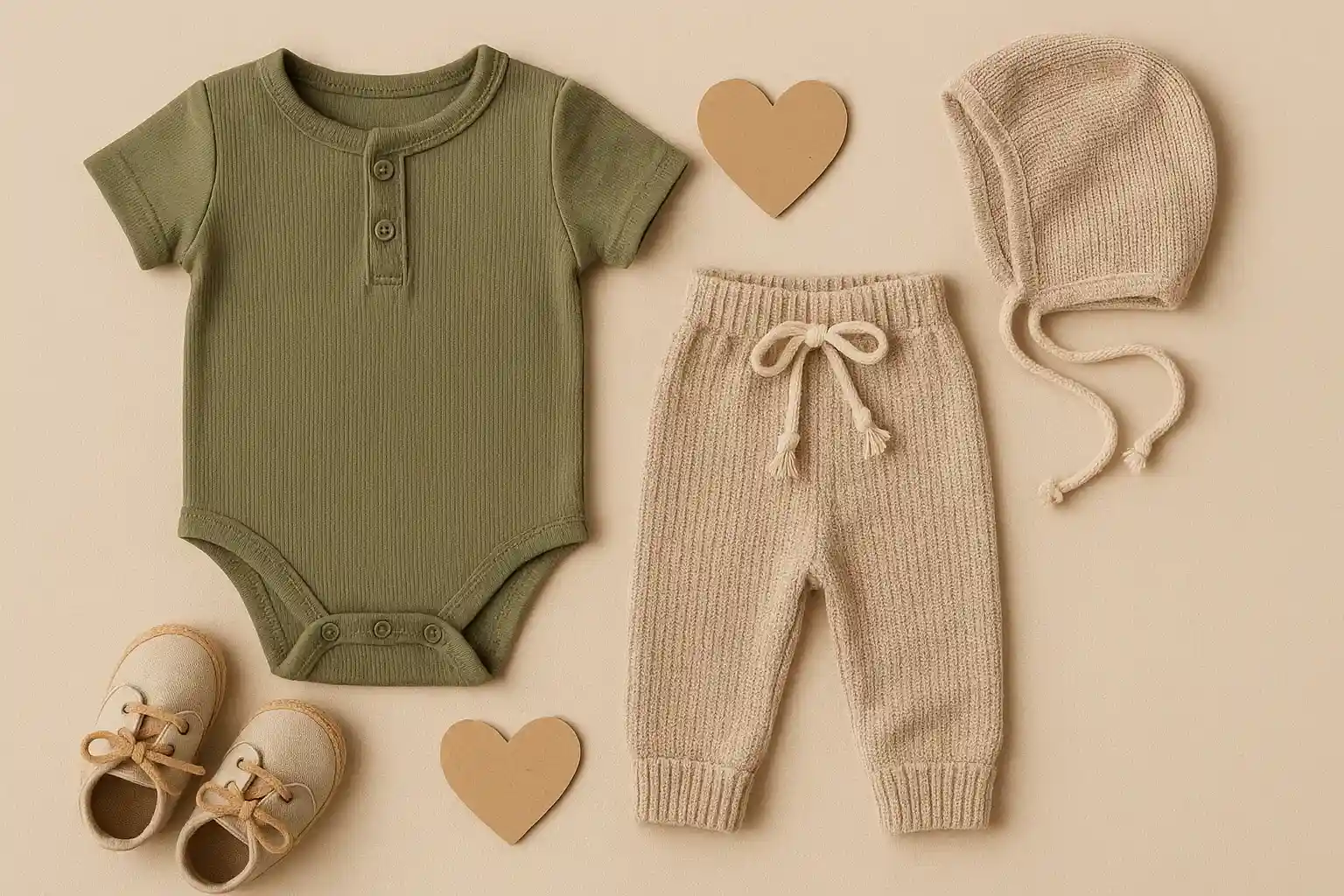
The arrival of a new baby often brings with it an overwhelming desire to clothe them in adorable and trendy outfits. The allure of fast fashion baby clothes, readily available and often inexpensive, can be strong. However, the rapid growth of infants and toddlers means these garments are often outgrown within weeks or months, contributing significantly to textile waste. The fast fashion industry, with its emphasis on rapid production cycles and low-quality materials, carries a considerable environmental and social cost. From the intensive use of resources like water and pesticides in conventional cotton farming to the often unethical labor practices in garment factories, the impact of fast fashion on our planet and its people is substantial. For environmentally conscious parents, seeking sustainable alternatives for dressing their little ones is a crucial step towards a more responsible and mindful approach to consumption.
The lifecycle of fast fashion baby clothes is a prime example of linear consumption. Garments are produced quickly and cheaply, often with synthetic fabrics and dyes that can have environmental consequences. The short lifespan due to rapid growth leads to frequent discards, contributing to the mountains of textile waste that end up in landfills, where they can take decades to decompose and release harmful substances. Recognizing this unsustainable pattern, many parents are exploring more eco-friendly ways to clothe their babies, prioritizing quality, durability, and a reduced environmental footprint.
Fortunately, a range of excellent alternatives to fast fashion baby clothes exists, offering comfort, style, and a significantly lower impact on the planet. By choosing clothing made from organic cotton, embracing the pre-loved market through second-hand clothing, and participating in clothing swap groups, parents can dress their babies sustainably while reducing textile waste, conserving resources, and often saving money. These options prioritize the well-being of both our children and the environment they will inherit.
Dressing with Intention: Exploring Sustainable Baby Clothing Alternatives
Moving beyond the fast-paced and often wasteful world of fast fashion baby clothes opens up a realm of more responsible and eco-conscious choices:
Organic Cotton: Gentle on Skin, Gentle on Earth
Organic cotton baby clothes are made from cotton grown without the use of synthetic pesticides, herbicides, or genetically modified organisms. This farming method promotes soil health, conserves water, and protects biodiversity, making organic cotton a significantly more sustainable option compared to conventional cotton. Organic cotton is also softer and gentler on a baby's delicate skin, reducing the risk of irritation and allergies. Brands like Mori and Hanna Andersson prioritize organic cotton in their baby clothing lines, offering comfortable and environmentally responsible choices.
Second-Hand Clothing: Giving Garments a New Life
Embracing second-hand clothing is a fantastic way to reduce textile waste and save money. Babies outgrow clothes so quickly that pre-loved items are often in excellent condition. Exploring thrift stores, consignment shops, online marketplaces, and hand-me-downs from friends and family can provide a treasure trove of adorable and affordable baby clothes with a significantly lower environmental footprint than buying new. This practice extends the lifespan of garments and reduces the demand for new production.
Clothing Swap Groups: Building Community and Sharing Resources
Participating in clothing swap groups with other parents is a wonderful way to exchange outgrown baby clothes and acquire new-to-you items without contributing to new production and waste. These swaps foster a sense of community and allow parents to access a constantly changing wardrobe for their rapidly growing children in a sustainable and cost-effective manner. Local parenting groups or online forums often organize clothing swaps.
Nurturing a Sustainable Start: Mindful Choices for Baby's Wardrobe
By consciously choosing organic cotton, embracing second-hand clothing, and participating in clothing swaps, parents can dress their babies in a way that is both kind to their skin and gentle on the planet. Opting for quality over quantity and extending the lifespan of baby clothes through reuse and sharing are key steps towards a more sustainable approach to dressing our little ones.
Related Blogs

Unplug and Imagine: Choosing Battery-Free Toys for Engaging and Sustainable Playtime
Foster imagination and save energy with manual musical toys, story books, and nature play.
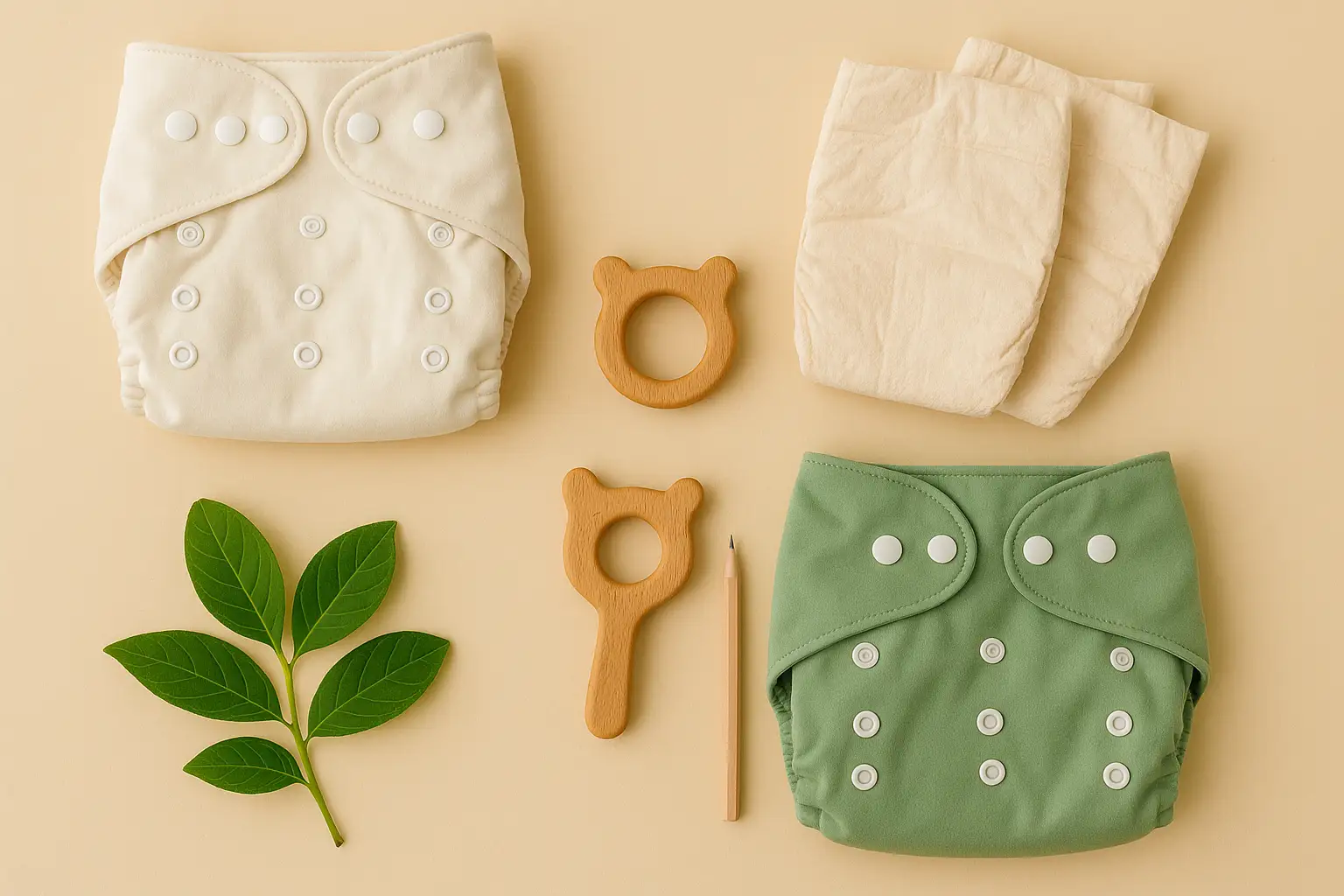
The Great Diaper Debate: Navigating Cloth vs. Eco-Disposables for a Sustainable Start
Comparison of sustainable alternatives to help you make informed decisions.
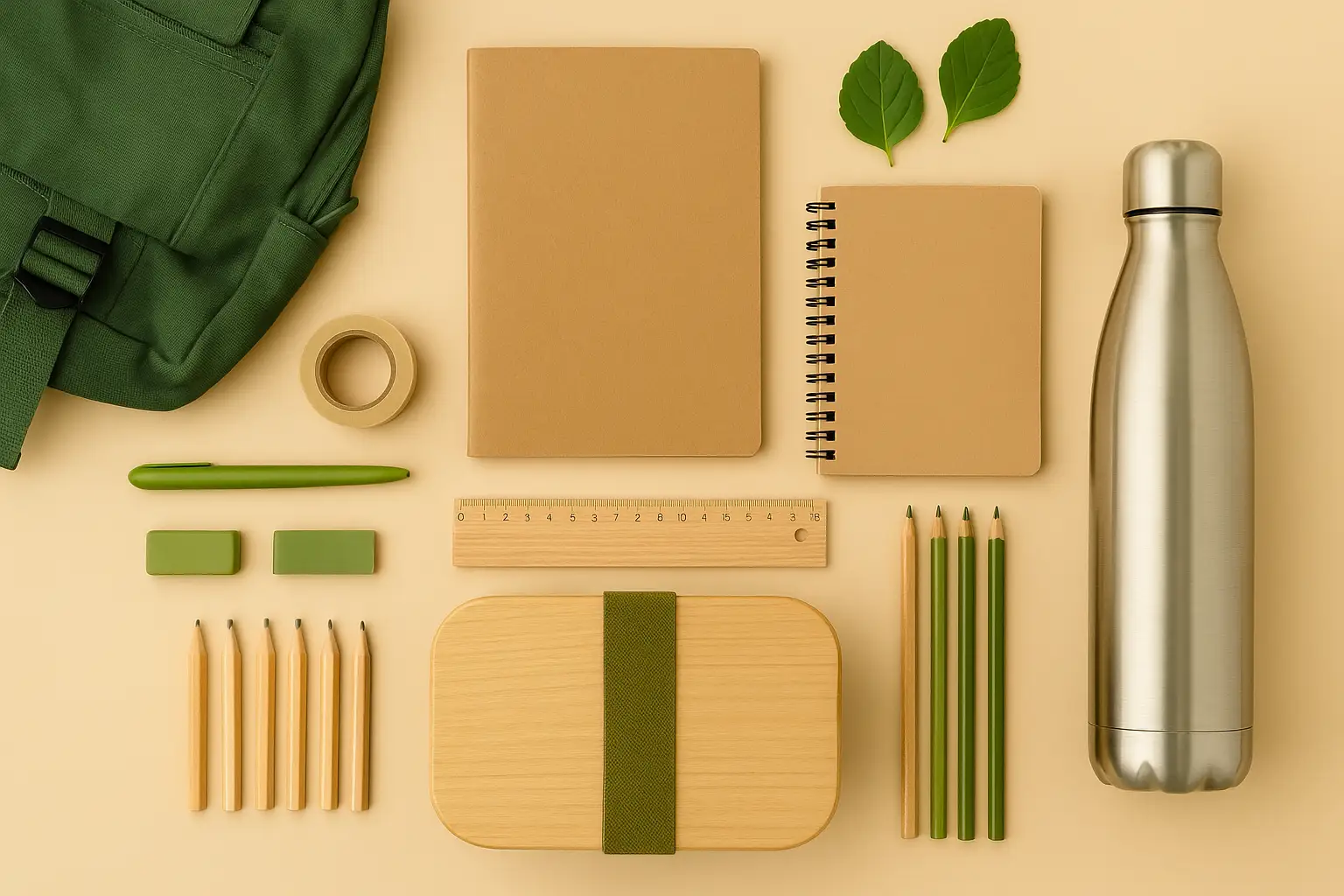
Equipping Young Minds, Protecting Our Planet: Sustainable School Supplies Kit
Insights on creating a sustainable school supplies kit in a sustainable way.
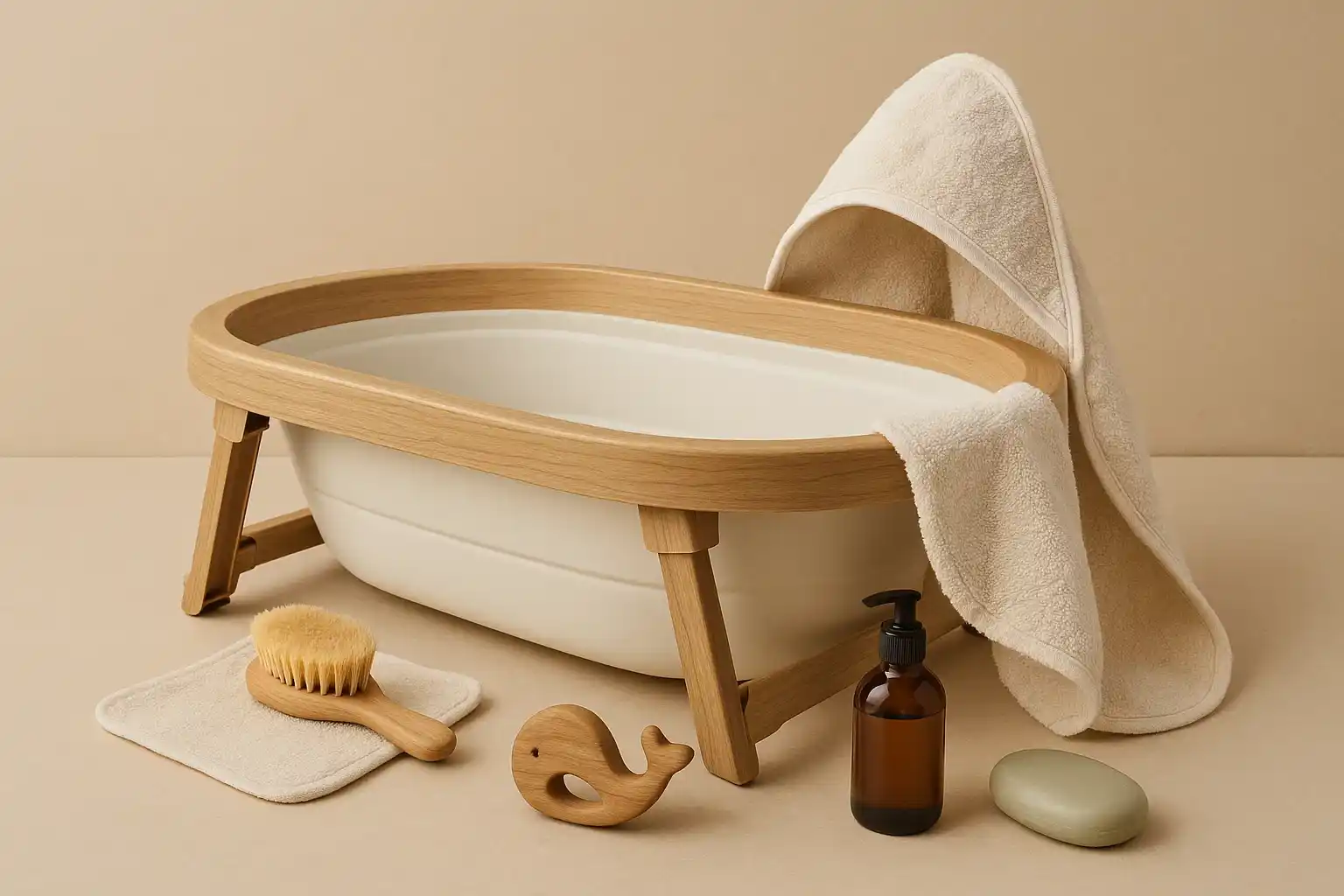
Bathtime, Simplified: Eco-Friendly Alternatives to Bulky Plastic Baby Baths
Reduce manufacturing impact and clutter with sink bath seats, inflatable tubs, or repurposed containers.

A Gentle Foundation: Choosing Eco-Friendly and Non-Toxic Changing Mats for Your Baby
Opt for organic cotton, cork-based, or recycled textile changing mats free from PVC and phthalates.
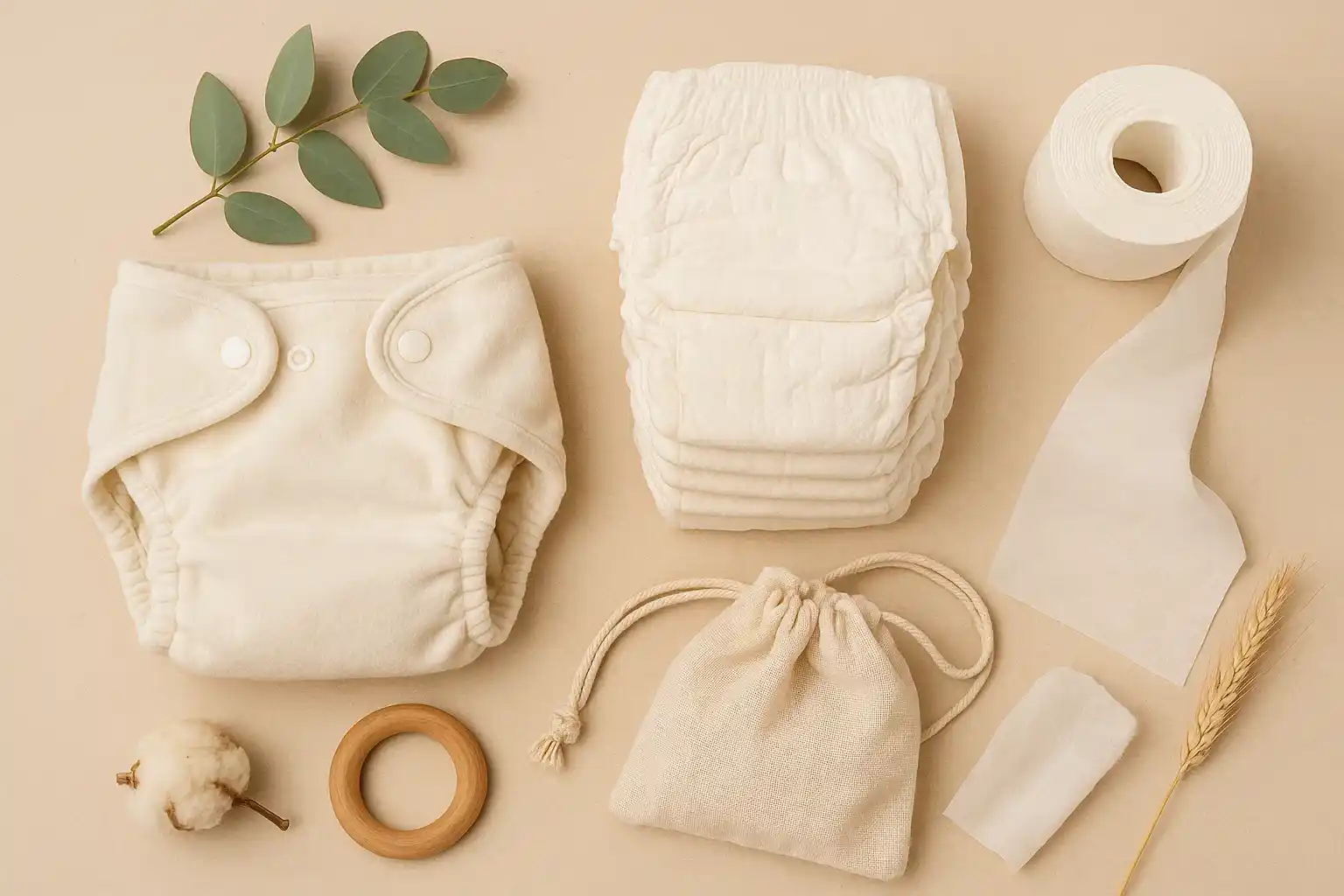
Diapering with Intention: Exploring Eco-Friendly Alternatives to Disposable Diapers
Cut down drastically on landfill waste with cloth, compostable, or hybrid diaper systems.
Stay in the Loop
Get tips and insights tailored to your interests — no spam, just sustainability.